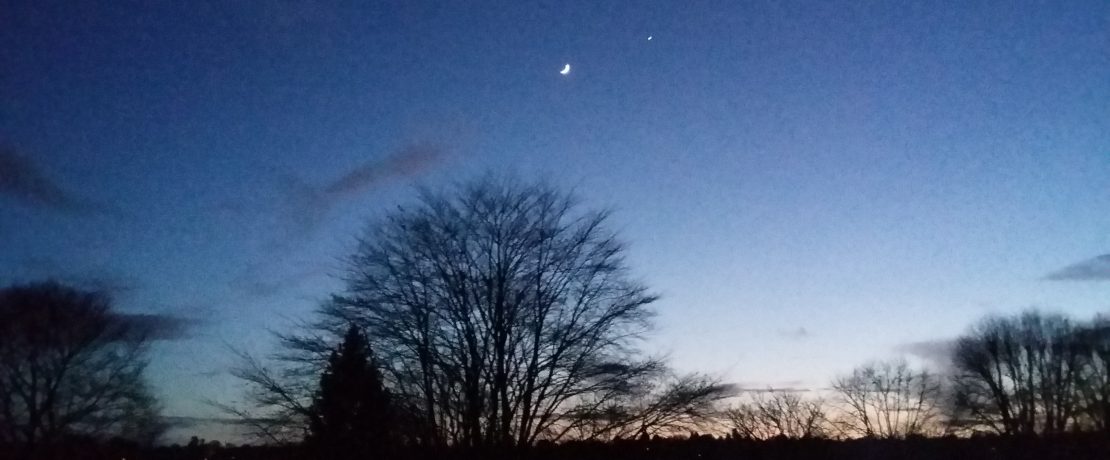Star Count – the results in 2023 and the past few years
In February 2023, people from all over the UK and Ireland took part in CPRE’s annual Star Count.
Results this year show that severe light pollution across the country as a whole was found to be lower than its peak in 2020, but had increased a little since 2022. Just over half (51%) of those who took part this year were experiencing severe light pollution, defined as being able to see 10 stars or fewer in Orion. On the plus side those enjoying truly dark skies, who could see more than 30 stars in Orion, increased from 3% to 5% in the UK as a whole.
It is possible that concerns about energy bills are encouraging people to cut down on the use of exterior lighting, thus helping to keep those experiencing severe light pollution substantially below the 2020 figure of 61% of all people taking part.
Explore the Star Count Results Map
Star Count results over the past few years
In 2020 CPRE’s Star Count found that 61% of participants lived in areas with severe light pollution – based on the number of Orion’s stars they could see. This was an increase over the figure for 2019. On the plus side there was a small increase in the number of people who could see more than 30 of Orion’s stars, an indication that they have truly dark skies.
In 2021 a record 7,800 people took part in Star Count across the UK, during the period of lockdown. The good news was that the percentage of people nationally able to see 10 stars or fewer in the constellation of Orion fell from 61% in 2020 to 51% in 2021. This meant that light pollution appeared to have diminished. Those able to see more than 30 stars in Orion increased from 3% in 2020 to 5% in 2021: these people were fortunate in being able to enjoy truly dark skies.
Results from 2022 showed that some people were able to enjoy the best views of the night sky since Star Count began in 2011. In 2022 for the country as a whole, severe light pollution fell again, to 49% of participants. It’s thought that continued working from home, as well as concerns about energy bills, was driving this trend, resulting in a clearer view of the night sky for more people.
In 2023 the results nationally show a slight reversal, with 51% of participants experiencing severe light pollution. Once again this year 5% of participants are enjoying truly dark skies.
Worrying lack of dark skies in Hertfordshire and some neighbouring counties
In Hertfordshire in 2021, 53% of people submitting results saw 10 or fewer stars in Orion, and were living in areas with severe light pollution. This was perhaps not surprising in one of the most densely populated counties in the UK.
In 2022 there were fewer results submitted from Hertfordshire than in 2021: of these 61% were experiencing severe light pollution. In 2022 no results were received from people who enjoyed truly dark skies.
In 2023 65% of Hertfordshire residents who participated in Star Count are living with severe light pollution, while nobody returned a result indicating that they are enjoying truly dark skies.
For the first time in 2023 we have compared our county’s results with those from some neighbouring counties. In Essex, just over 66% of results submitted indicated severe light pollution, while just over 3% of participants were able to enjoy truly dark skies. In Cambridgeshire the figures were nearly 58% and nearly 4%. In Bedfordshire, while fewer of the participants (just over 55%) were affected by severe light pollution, as in Hertfordshire none were enjoying truly dark skies.
CPRE continues to call on councils and government to take action on light pollution so that more people can enjoy the remarkable tranquillity of a dark starry sky, a distinctive feature of the countryside.





